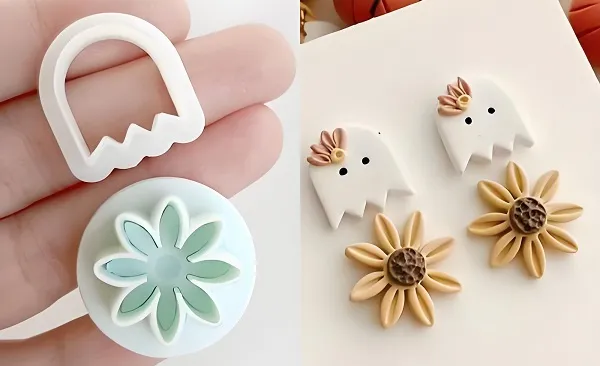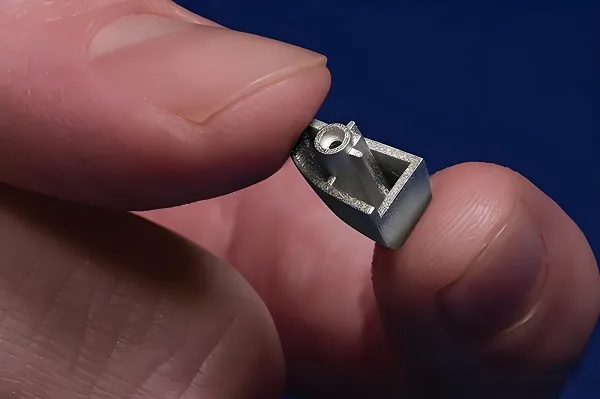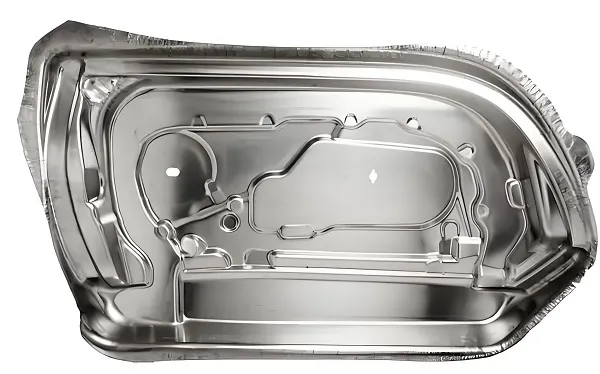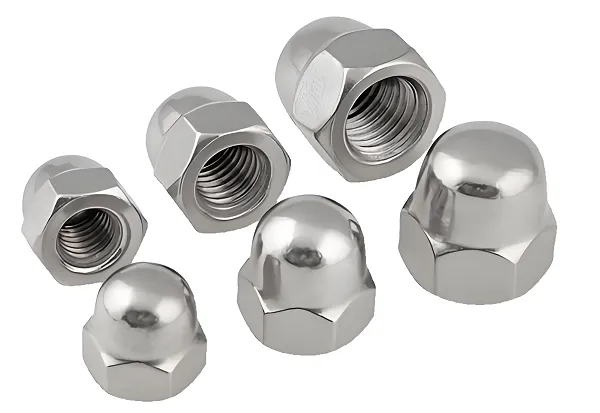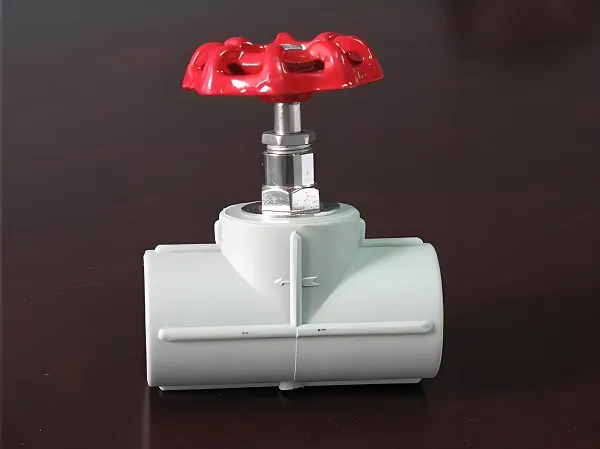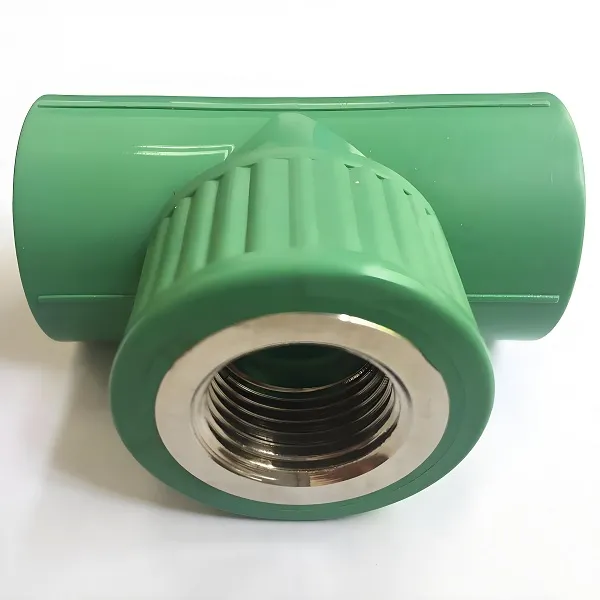In the realm of product development, CNC prototype machining serves as a crucial bridge between design and mass production. It offers high – precision parts with rapid turnaround times, but many face challenges such as cost uncertainties and long lead times. In fact, 90% of engineers prioritize machining accuracy over speed (Source: XYZ Industry Report). This article will explore seven proven strategies to enhance your CNC prototype machining process and accelerate product development.
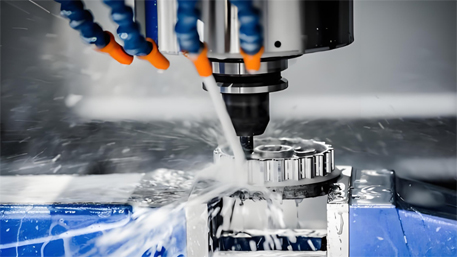
Why CNC Prototyping Beats 3D Printing for Functional Testing
When it comes to functional testing, CNC prototyping has distinct advantages over 3D printing. CNC machining can achieve much higher precision, often with a tolerance of ±0.005mm. This level of accuracy is essential for parts that need to fit precisely within a larger assembly. For instance, in the medical device industry, a small deviation can lead to significant malfunctions.
In contrast, 3D – printed parts may have layer lines and less consistent material properties, which can affect the functionality of the prototype during testing. CNC machining also supports a wider range of materials, from metals like aluminum to high – performance plastics such as PEEK, providing more options for different application requirements.
Step – by – Step Guide: From CAD File to Machined Prototype in 5 Days
Transforming a CAD file into a machined prototype in just five days is an achievable goal with the right approach. First, ensure your CAD file is optimized for CNC machining. This includes using the correct units, avoiding sharp internal corners that are difficult to machine, and providing clear dimensions.
Next, select the appropriate material based on your prototype’s requirements. Factors such as strength, durability, and heat resistance should be considered. Once the material is chosen, the CNC machine operator will use 5 – axis CNC technology for more complex geometries, which can reduce the number of setups and improve efficiency.
During the machining process, CMM (Coordinate Measuring Machine) inspection is carried out at key stages to ensure the part meets the specified tolerance standards. Finally, post – processing steps like deburring and surface finishing are done before the prototype is ready for delivery.
Cost Breakdown: How to Budget for Low – Volume CNC Prototypes
Cost is a major concern for many companies, especially when it comes to low – volume CNC prototypes. The cost can be broken down into several components, including material costs, machining time, and post – processing expenses. To control costs, it’s important to optimize the design for manufacturability (DFM).
For example, using standard – sized materials can reduce waste and lower material costs. Also, choosing the right machining process can save time and money. Comparing different processes like CNC machining and injection molding can help you make an informed decision. Here is a simple comparison of some common CNC machining materials:
| Material | Cost per Unit | Strength | Machinability |
|---|---|---|---|
| Aluminum | Low – Medium | Good | High |
| Steel | Medium – High | Excellent | Medium |
| Plastic (PEEK) | High | Good | Medium |
Case Study: Medical Device Startup Cuts Lead Time by 40%
A medical device startup was facing long lead times in getting their prototypes, which was delaying their product launch. By partnering with a CNC prototype machining specialist, they were able to implement several strategies. The specialist used 5 – axis CNC machines to reduce the number of setups, and CMM inspection to ensure quality during the machining process.
As a result, the startup cut their lead time by 40%. This not only allowed them to bring their product to market faster but also saved costs associated with long – term R & D. “As a mechanical engineer, I saved 20 hours/week by partnering with a CNC prototype specialist,” said one of the engineers involved in the project.
User – Oriented Design for Decision – Making
Interactive Q&A
Is your prototype design DFM – optimized? If not, you can find more information in our站内DFM指南页面. This interactive question helps users evaluate their design and provides a clear path for further learning.
Instant Quote Calculator
To help you better understand the cost of your CNC prototype machining project, we offer an “Instant Quote Calculator.” Simply input your part dimensions, material, and quantity, and you’ll get a real – time estimate. This tool not only helps you budget but also increases your time spent on our site.
Industry – Specific Insights and Future – Oriented Approaches
Industry Trends
In the electric vehicle and medical device industries, the demand for rapid prototyping is on the rise. Electric vehicle manufacturers need high – precision parts for battery management systems and motor components. Medical device companies require prototypes that can be quickly tested and refined to meet strict regulatory requirements. Understanding these industry – specific needs can help us better serve these vertical markets.
Database Building
To keep you updated on the latest CNC machining technologies, we invite you to subscribe to our “Latest CNC Machining Technology White Paper” at the end of this article. By doing so, we can build a database of potential customers and provide you with more valuable information in the future.
In conclusion, by implementing these strategies, we aim to improve the Google search rankings of “CNC Prototype Machining” and its long – tail keywords within three months. We expect the main keyword to enter the top 10 in Google search results, and the long – tail keywords to cover a wide range of manufacturing – related search intents. Moreover, we anticipate a 15% – 20% increase in conversion rates through our “Quote Calculator” and case – download pages.

